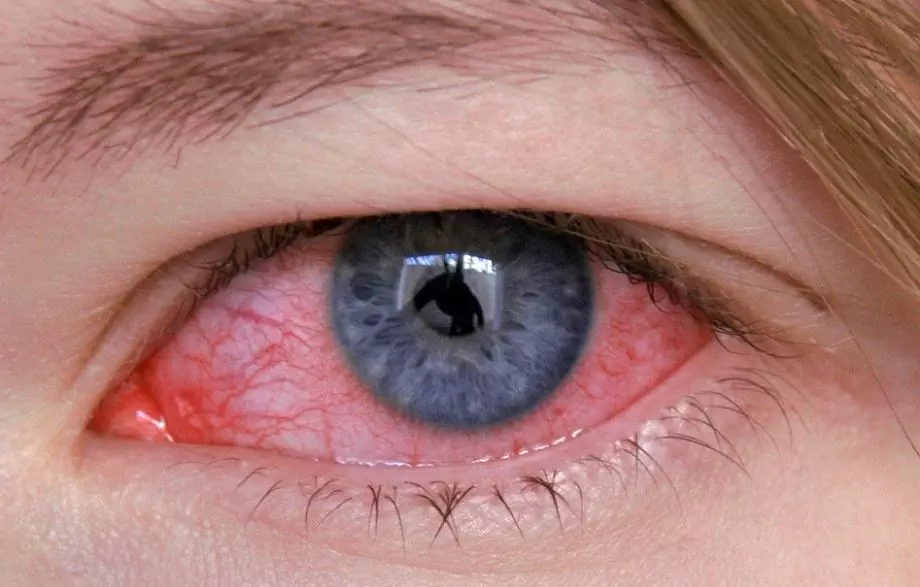- Author Rachel Wainwright [email protected].
- Public 2023-12-15 07:39.
- Last modified 2025-11-02 20:14.
Angiomyolipoma

Angiomyolipoma is a benign tumor with a complex structure. It consists of adipose tissue, muscle fibers, and altered blood vessels. This tumor is usually located in the kidneys, but it can also be located in the pancreas.
There are two types of kidney angiomyolipoma:
1. Sporadic or isolated. This is the most common type of disease. It is observed in 90% of cases;
2. Congenital. With this type of angiomyolipoma of the kidneys, they occur against the background of a hereditary form of tuberous sclerosis (Bourneville-Prine disease). In this case, neoplasms are usually localized on both kidneys and in large numbers.
The degeneration of angiomyolipoma into a malignant tumor (malignancy) is extremely rare.
Angiomyolipoma of the kidney: causes
Various reasons can lead to the development of renal angiomyolipoma. In some cases, the tendency to develop this disease is inherited. Often the cause of kidney angiomyolipoma is various diseases of this organ. In addition, this type of tumor has receptors for female sex hormones (estrogen and progesterone). It is this that explains the fact that this pathology is observed several times more often in women than in men, as well as the intensive growth of kidney angiomyolipoma during pregnancy.
Symptoms
The main clinical symptoms of renal angiomyolipoma are:
- Drawing pain in the lumbar region, as well as in the abdomen. These pains are most often caused by hemorrhages from the altered blood vessels of the tumor. With significant bleeding, the patient may develop hemorrhagic shock, peritonitis;
- The development of arterial hypertension;
- With a large size of kidney angiomyolipoma, the tumor can be palpated during palpation;
- The appearance of blood in the urine (hematuria).
Most often, angiomyolipomas are small in size and do not show any clinical symptoms. As a result, such tumors are diagnosed absolutely by accident when an ultrasound examination of the kidneys is performed for any other reason.
Diagnostics of the angiomyolipoma

Diagnosis of kidney angiomyolipoma is based on the symptoms of the disease, medical examination data, laboratory (general blood and urine analysis, blood biochemistry) and instrumental studies (ultrasound, angiography of the kidney vessels, computed or magnetic resonance imaging). In cases where there is a suspicion of malignancy of angiomyolipoma, a kidney biopsy is performed, followed by histological and cytological examination of the resulting tissue.
Angiomyolipoma: treatment
In cases where the tumor is small and does not manifest itself with clinical symptoms, and also does not have a tendency to grow, treatment of angiomyolipoma is not performed. The patient should be registered with a urologist and regularly undergo kidney ultrasound.
With the rapid growth of angiomyolipoma or significant tumor size, when there is a high probability of rupture, surgery is indicated. With a small size, angiomyolipomas perform enucleation of the tumor and partial resection of the kidney. The presence of a huge angiomyolipoma, as well as its malignancy, is an indication for nephrectomy - removal of the affected kidney.
In case of rupture of the blood vessels of an angiomyolipoma and the development of internal bleeding, an emergency surgical intervention is performed. A timely performed operation prevents the development of such dangerous complications as peritonitis and hemorrhagic shock, which can lead to the death of the patient.
YouTube video related to the article:
The information is generalized and provided for informational purposes only. At the first sign of illness, see your doctor. Self-medication is hazardous to health!






